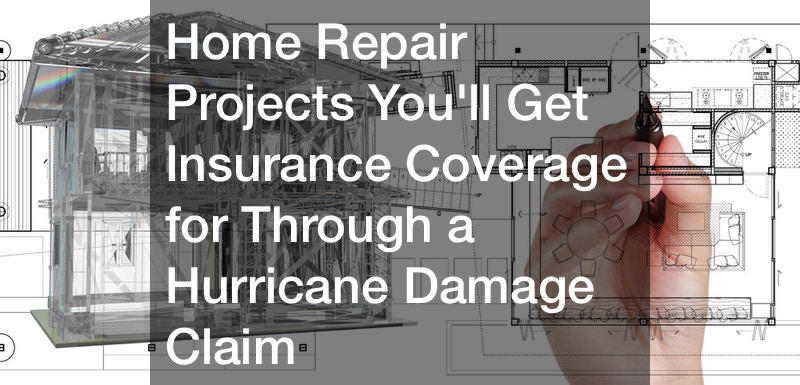ricane may affect multiple homes, meaning the insurance firm should be alert to the disaster.
Do not forget to document your damage
The insurance provider will require to be aware of everything that was did not get back during the hurricane. It’s not easy to recall everything. Therefore, it’s crucial to document all damage. Make sure you take pictures and a recording of the damage on your property, including siding.
You should list as much as possible and submit a copy for your adjuster. The form will be utilized by the insurance firm to facilitate the investigation into the severity of the damages done to your house. A proof of loss can be requested by your insurance provider. This is a good option to document all of your possessions.
Be Prepared for Claims Adjuster
If your insurance company knows about the hurricane claims, they’ll designate a claims adjuster to contact you, and then visit the home. If the hurricane is extremely serious, an adjuster might be in touch with you in the span of weeks. You should provide as much information as you are able to provide the adjuster. The adjuster can visit your house in a short time and determine your damage when you have provided your information in a timely manner.
Begin to work on repairs or rebuilding
Once you have assessed the damage, it is time to begin identifying the parts of your home you’d like to repair or reconstruct. It is necessary to work with the various contractors you decide to work with or consult your insurance firm.
There are also recommendations of reputable roofing companies from your family and friends. Remember, deceitful contractors often reach out to people who are affected by natural disasters. Make sure you only work with accredited contractors. Make sure you know the material they’ll use and the price before you engage with contractors.
Document Everything
Note all your conversations between you and your roofing contractor.
7k5papkn4z.
